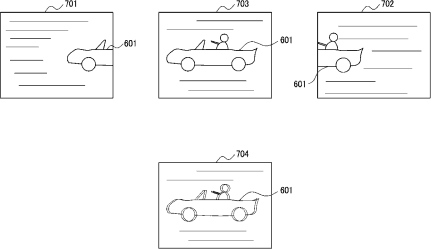
Thanks Wade for confirming my first thought.
Edit: it looks as if the technology described in the patent provides a sort of focus peaking in the optical viewfinder. Cool.
Egami (translated) spotted a patent filed by Canon for a variable diffusion focusing screen.
The technology in the patent highlights sharp areas and helps to see how much depth of field you have (for instance at larger apertures).
- Patent Publication No. 2014-191184
- Published Date 2014.10.6
- Filing date 2013.3.27
- Canon patents
- Spreading factor variable finder screen
- First diffusion rate
- Brightness priority
- Setting of low diffusivity and high transmittance
- Second diffusion rate
- Blur priority
- Setting of high diffusivity and low transmittance
- The partially changed spreading factor according to the focusing range







